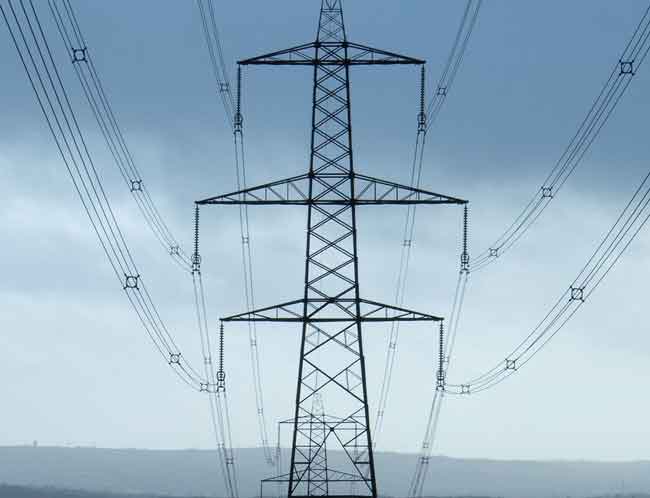Jemez Pueblo geothermal awaits grant money
The tribe was among more than 120 recipients in dozens of states that were awarded $338 million in grants by the U.S. Department of Energy at the end of October to jump-start the domestic geothermal energy industry. Maps developed by agency show potential across much of the West, including a large portion of New Mexico.
Steve Blodgett, director of Jemez Pueblo's resource protection office, said he was hoping to get the funding earlier so work could start in January. Now, he said, it looks like the formal award could take several months to get to the tribe.
"They haven't given us any time frame. They're basically saying we'll get around to it when we get around to it," Blodgett said.
The energy department awarded the grants in different categories, from exploratory efforts such as the one at Jemez Pueblo to a nearly $25 million demonstration project in Oregon that will test technology that has the potential to expand geothermal energy production beyond traditional hot spots. The grants are aimed at identifying and developing new geothermal resources and reducing the risks associated with geothermal development.
The agency has prioritized the grants based on their categories, and Blodgett said the pueblo's $5 million grant is not among the top priorities.
The Jemez project will test new seismic imaging techniques, as well as a new chemical tracing method developed by researchers at Los Alamos National Laboratory and the University of Utah.
It is expected to generate six or seven temporary jobs.
The DOE has said the projects represent a dramatic expansion of the U.S. geothermal industry and will create or save thousands of jobs in drilling, exploration and operation of geothermal power facilities.
The tribe plans to drill at least two 3,000-foot-deep wells to see how much hot water is available beneath the reservation. The tribe hopes the resource is significant enough to develop a power plant. If not, it's considering aquaculture, a physical therapy center or a spa.
The tribe had wanted to get the necessary geologic mapping and seismic studies done before farmers began preparing their fields for the growing season. Much of the surveys would take place along the Jemez River, which courses through the pueblo and along its agricultural fields.
Jemez is known for its chile and corn crops, which are important sources of income for the tribe.
"The reality is if we have to wait, the irrigation season here starts mid-March and it ends around the first of November and during that time farmers are out in the fields working. But we'll just have to work through it whenever we get the formal award in place," Blodgett said.
Related News

Bruce nuclear reactor taken offline as $2.1B project 'officially' begins
TIVERTON, ONT - The world’s largest nuclear fleet, became a little smaller Monday morning. Bruce Power has began the process to take Unit 6 offline to begin a $2.1 billion project to replace all the major components of the reactor.
The reactor, which produces enough electricity to power 750,000 homes, will be out of service for the next four years.
In its place, hydroelectric power and natural gas will be utilized more.
Taking Unit 6 offline is just the “official” beginning of a 13-year, $13-billion project to refurbish six of Bruce Power’s eight nuclear reactors.
Work to extend the life of the nuclear plant…




